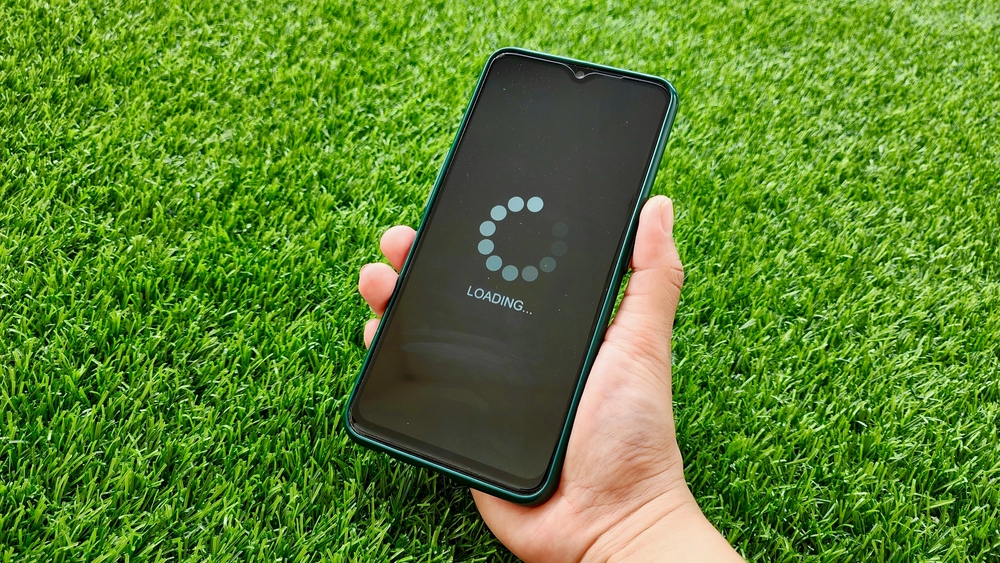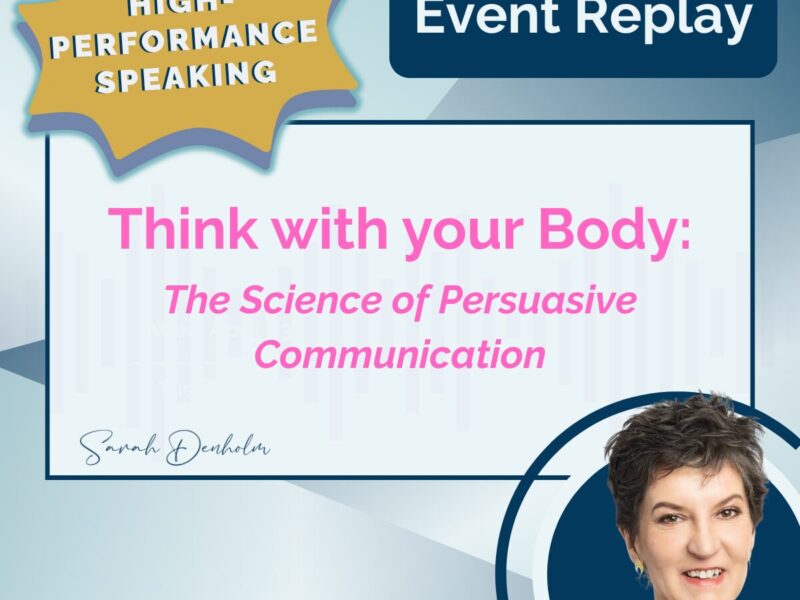
I’ve been using a term with clients recently that seems to resonate: buffering.
You know that spinning circle you see on your screen when something’s loading?
That’s what it can feel like, and sound like when we’re trying to land on our message, but we haven’t worked it out yet.
We start circling around the point…
Trying to buy time…
Searching for the right words…
Filling the space with extras…
Until eventually we get there.
It’s completely human. And it’s often a sign of one of three things:
1. Low content knowledge
We don’t know the material well enough yet. So we mentally rifle through the filing cabinet of our brain, hoping to stumble across something useful.
2. No prep or thinking time
We’ve been thrown into the moment, and we’re processing in real time. Our mouth is ahead of our mind. And we’re speaking as we go, trying to find clarity while the spotlight’s on.
3. A habitual pattern
Here’s the sneaky one: sometimes, even when we do know our content we still buffer. It’s just a habit. We use more words than we need, especially if we’re thinking conversationally rather than intentionally.
I’m doing a lot of coaching with doctors preparing for exams high pressure, high stakes. And when pressure hits, clarity tends to suffer. Even in casual conversation, I’ve noticed that many of us have picked up this habit of buffering. We over-explain. We trail off. We loop back.
Not because we don’t know but because we’re not always intentional in how we deliver what we know.
Here are a few gentle experiments to try:
1. Jot down 3 key points before a meeting or presentation.
Nothing fancy, just enough to anchor your thinking.
2. Say it out loud beforehand, in the car, the bathroom, at your desk.
Give your brain a dry run so it’s not working double-time in the moment.
3. Notice if you’re buffering in casual conversation.
Do you circle before you land? Could fewer words create more clarity?
The more we practise cutting through the spin, the easier it becomes to speak with confidence, clarity, and calm.
Warm wishes for your next speaking scenario.




